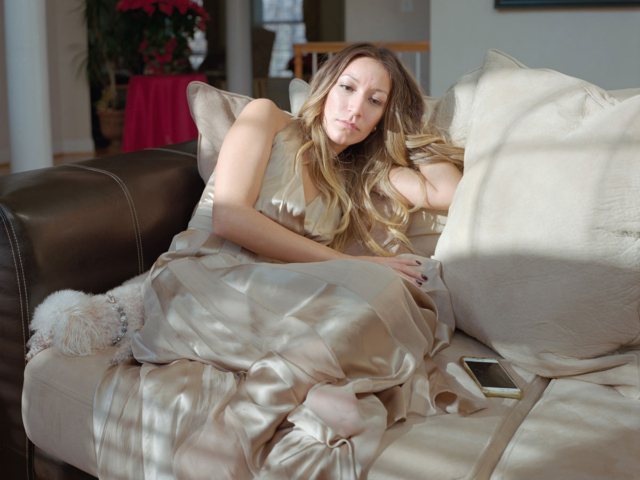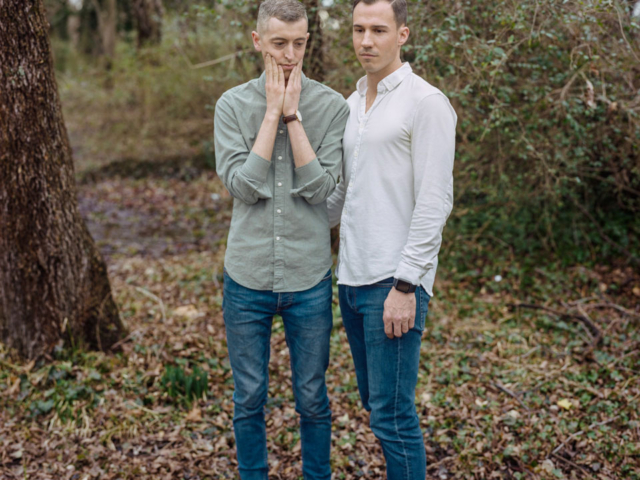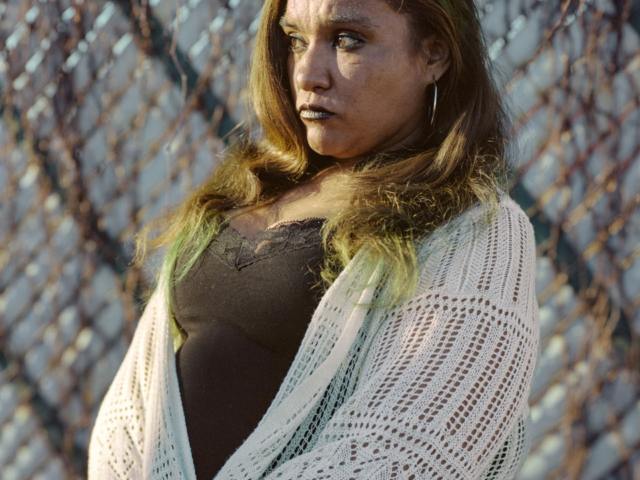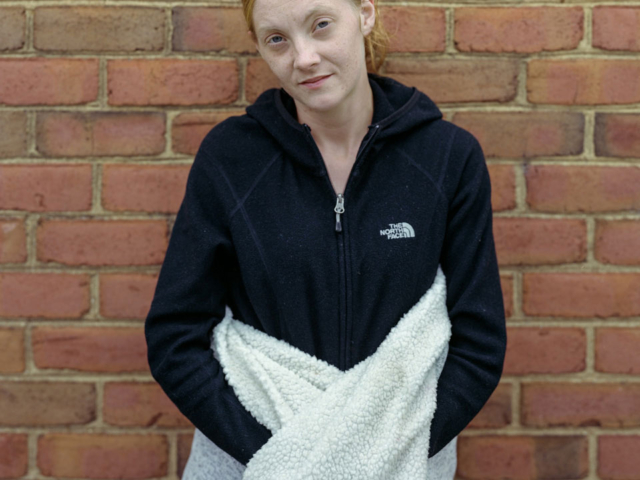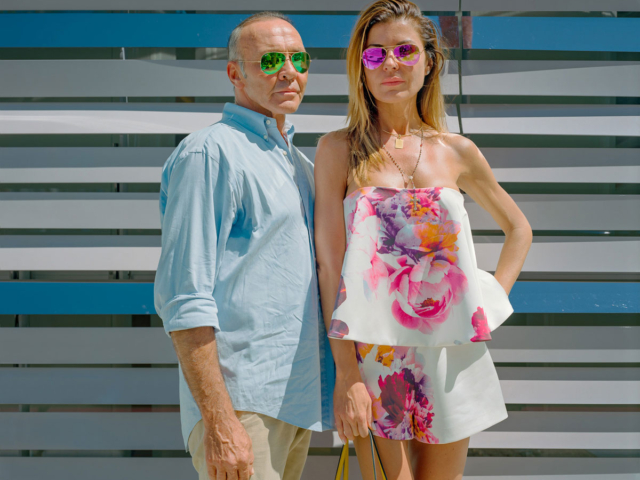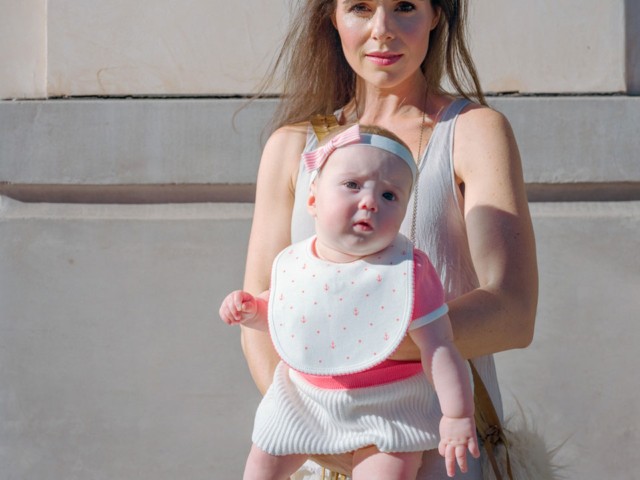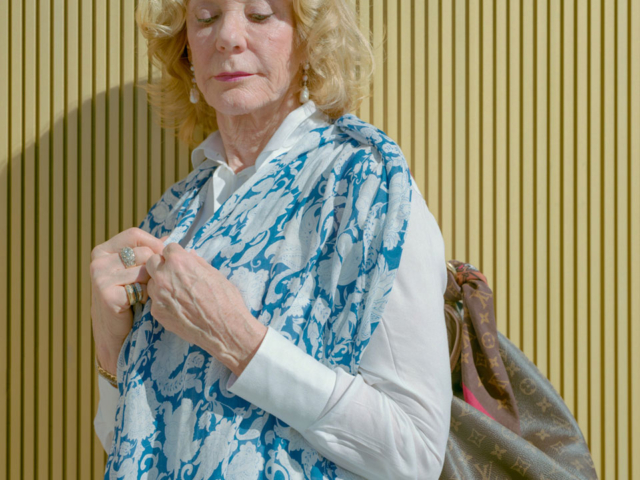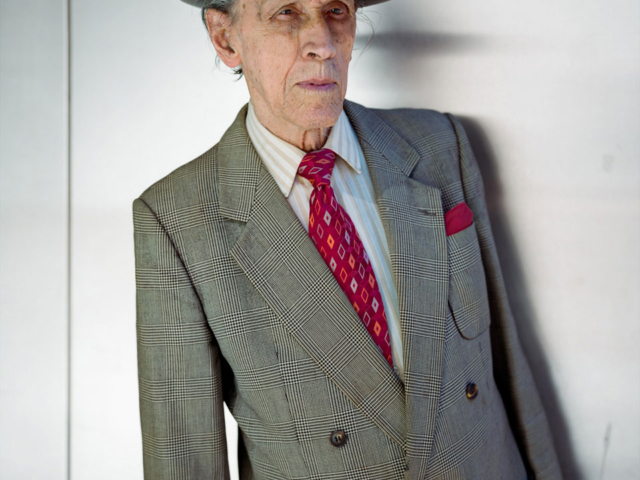Brian Ulrich
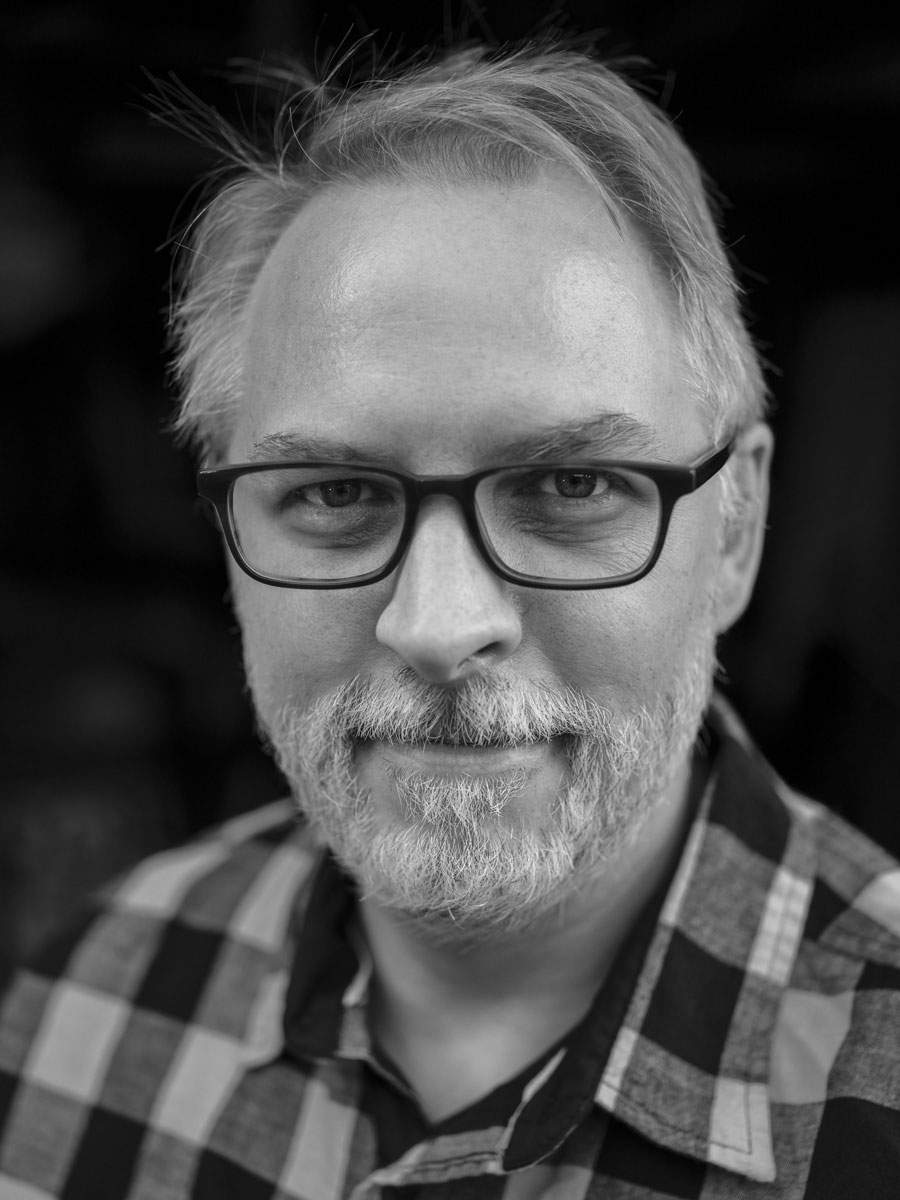
About
Brian Ulrich (https://www.notifbutwhen.com.com/) Brian Ulrich’s photographs portraying contemporary consumer culture are held by major museums and private collections such as the Art Institute of Chicago; Baltimore Museum of Art; Cleveland Museum of Art; Eastman Museum; Getty Museum; Milwaukee Art Museum; Museum of Contemporary Art San Diego; Museum of Contemporary Photography; Museum of Fine Arts, Houston; North Carolina Museum of Art; Margulies Collection; Bidwell Collection; and the Pilara Foundation Collection. Ulrich has had solo exhibitions at the Eastman Museum; the Cleveland Museum of Art; the Museum of Contemporary Art, Chicago; the North Carolina Museum of Art; the Museum of Contemporary Art, San Diego; the Haggerty Museum of Art; the Nerman Museum of Contemporary Art; the North Carolina Museum of Art; the Rhona Hoffman Gallery, Chicago; the Julie Saul Gallery; Galerie f5,6; and the Robert Koch Gallery. His work has also been included in numerous group exhibitions at venues such as the Museum of Modern Art; Pier 24 San Francisco; Art Institute of Chicago; the Walker Art Center; the Museum of Contemporary Photography; the San Diego Museum of Art; the Haifa Museum of Art; the Krannert Art Museum; the New York Public Library; the Carnegie Museum; the Aperture Foundation, among others. In 2009, Ulrich was awarded a John Simon Guggenheim Memorial Fellowship. The Aperture Foundation and the Cleveland Museum of Art collaborated to publish his first major monograph, “Is This Place Great or What”, in 2011, which was later included in The Photobook: A History Volume 3 (2014). The Anderson Gallery published the catalog Closeout: Retail, Relics and Ephemera (2013). In 2021 FW:Books will publish The Centurion. He is currently an Associate Professor at the Rhode Island School of Design.
Gallery
LACP Interviews Brian Ulrich
LACP asks Brian Ulrich ten questions about his background, career in and beliefs about photography
Los Angeles Center of Photography: What kind of photographer are you?
Brian Ulrich: I am an artist/photographer using the camera to undermine systems of oppression. Many of my concerns have about economic conditions and consumer culture in the US. My photographs are a combination of candid, landscapes, interiors, formal portraits and found objects.
LACP: How long have you been shooting?
BU: 27 years. I first stumbled into a photography class then and was enamored by the medium and its many possibilities..
LACP: Where did you get your training?
BU:I got a BFA in Photography from the University of Akron and some years later I got my MFA from Columbia College Chicago where I studied with Dawoud Bey, Barbara Kasten, Paul DiAmato, Bob Thall among others. My early years were also informed by jobs I had in institutions such as the Howard Greenberg Gallery, the Cleveland Museum of Art and the Museum of Contemporary Photography.
LACP: When did you know you wanted to devote your life to photography?
BU: The very question I posed myself was ‘is it possible to make a life as an artist’, in my decision to go to graduate school. I answered that question fairly quickly and knew that was the way forward.
LACP: Did you ever come close to giving up?
BU: I think there are many times artists are faced with this. The difficulty is there isn’t a guidebook or formal trajectory for artists and as a result there is much doubt along the road. We all have to figure out how to best live life and continue to make work and that is also something we must constantly reconfigure. I have been subject to those ups and downs over all this time.
LACP: Have you sacrificed anything by being a photographer?
BU: I often remind my students that often the reason we choose this path is because we didn’t want to compromise. A photographer’s practice is sometimes a very foreign thing to others, family, friends, employers, etc. Every time I go on a trip to make work, I have to know there are moments I’m missing out on at home but photography is the thing that fulfills, and gives hope to the path forward.
LACP: What have you gained by being a photographer?
BU: I’ve discovered that by really becoming entangled in your subject it will lead the way and ask you to make many different kinds of pictures. Before the Retail project I hadn’t really photographed candidly. Thrift brought me to still lifes and formal portraiture. With the Dark Stores I became somewhat of a landscape photographer and so on. I like to see my practice evolve with each new body of work.
LACP: What classes do you teach at LACP?
BU: I will be teaching a class on Contemporary Portraiture.
LACP: What do you love most about teaching?
BU: It is such a gift to witness and participate in student’s growth as a person and artist. It’s equally exciting with a first-year student when they really learn to see or with a graduate student who is really pushing themselves to realize a project.
LACP: What advice would you give someone who is thinking about making a career in photography?
BU: Photography is an excellent tool to combat cultural and social blindness – those things we are conditioned to not see. That makes the camera a very powerful instrument.
